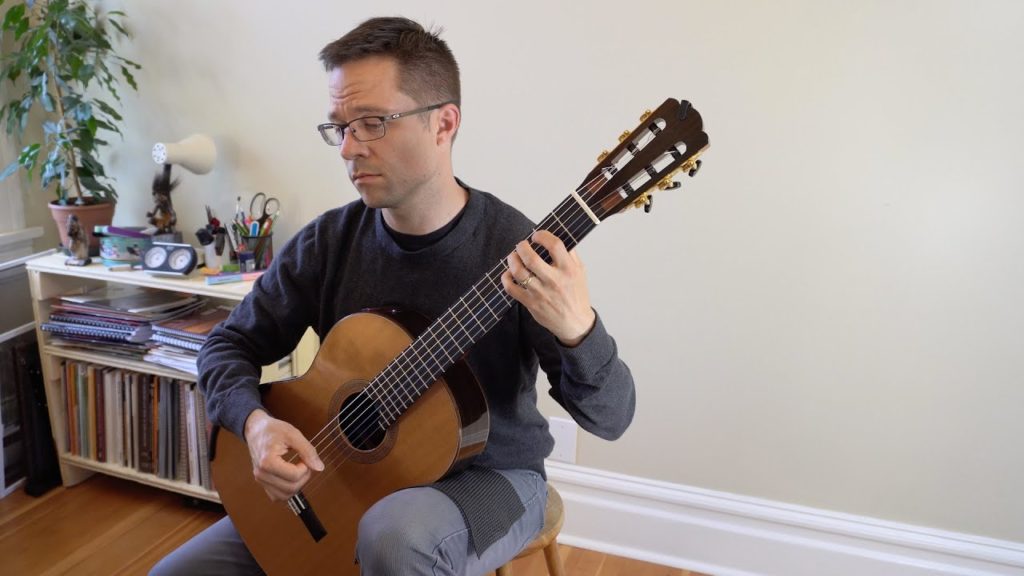
The first, a Sonata for violin and piano, was begun in 1942, completed in 1943 and published in 1944, dedicated to the memory of the Spanish poet Federico Garcia Lorca (1899-1936) – a victim of the Spanish Civil War. Poulenc wrote his two string sonatas in wartime. The finale roams chromatically in many and distant keys, but ends in ten bars of an adulterated C major. In the central Divertissement, a lyrical slow movement and its modified repetition enclose a rather perky middle section. A motto theme, first heard for wind alone, recurs in all three movements. One such was the Villanelle for piccolo and piano, printed in Pipeaux 1934 – a brainchild of the indefatigable Australian Louise Dyer whose Oiseau-Lyre Paris publications contained seven similar trifles for pipes by Parisian composers of the time.īegun in 1932, the Sextet for piano and wind instruments was not completed until 1939. Whilst the composition of more extended movements like those of the Trio was often spread over a number of years, smaller pieces posed Poulenc fewer problems. The Trio, Poulenc’s first real success in the field of chamber music, retaining its youthful verve, was first played at the concert he gave with his friend Georges Auric in Paris on. He referred to the Trio in writing to André Schaeffner, André Cœuroy, Charles Koechlin and Igor Stravinsky, acknowledging the latter’s advice. Completed at Cannes in 1926, it was, like all the music that occupied his thoughts for any length of time, a subject on which he kept his friends informed. It was dedicated to Manuel de Falla, the Spanish composer who knew Paris well and also shared Poulenc’s London publisher. In 1924 Poulenc was at work on his Trio for oboe, bassoon and piano. The first was composed in 1918 for two clarinets the second in 1922 for clarinet and bassoon and the third, also in 1922, for horn, trumpet and trombone. Three sonatas for wind instruments alone are the earliest works here, each with three short movements: two brisk ones enclosing an Andante. The dedications of these thirteen works are typical of a musician much loved by a wide circle of friends. These works, written between 19, from Poulenc’s twentieth to his penultimate year, are by a composer with a wealthy background who always earned his keep by music. But the sequence is not presented chronologically. Here Poulenc’s chamber music provides thirteen items: sixteen tracks on CD1 and eighteen on CD2, all ‘easy listening’, and beguiling in contrasts if heard seriatim.



Yet he struggled and succeeded with several large-scale works which, in the year of his centenary, have reached as wide an audience as the piano pieces, songs and wind music. Similarly, his own shortness of musical breath made him a naturally considerate composer of wind music. Like his other musical mentor, Stravinsky – who found him his first publisher – Poulenc composed at the piano, and his pianistic fluency is evident in the keyboard parts of his chamber music. On the other hand, he soon showed that he was not devoid of heart, even if he remained short of musical breath and, like his elderly friend Erik Satie, tended to write music in short, repeated fragments. So his early work often reflected the café-concert, music-hall and circus. Francis Poulenc was the Benjamin and enfant terrible of Les Six, the erstwhile group of Parisian composers who were supposed to be in reaction against the more personally expressive or picturesque music of their seniors.


 0 kommentar(er)
0 kommentar(er)
